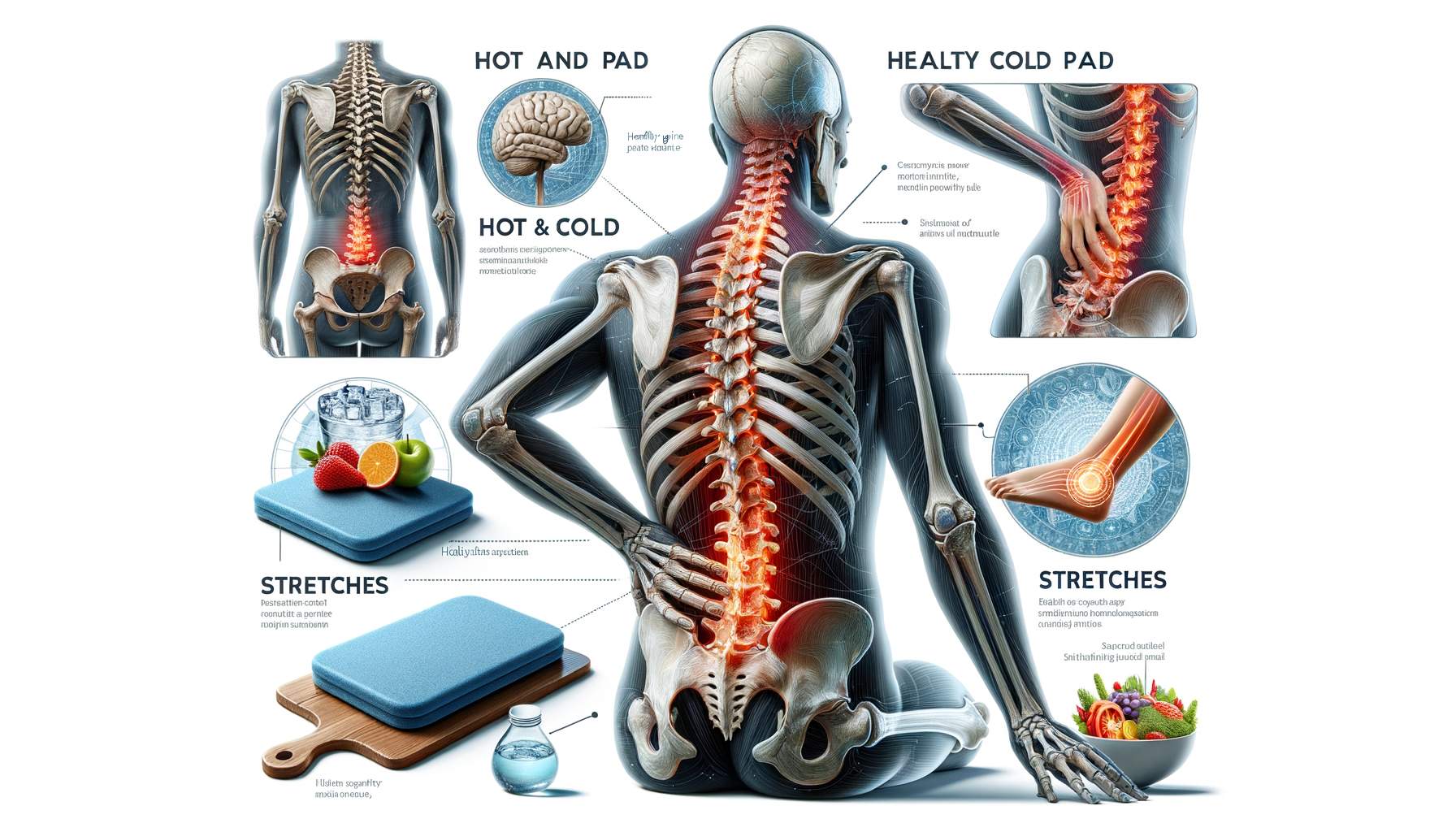Understanding Sciatica: Causes and Symptoms
Sciatica is a condition characterized by pain that radiates along the path of the sciatic nerve, which extends from the lower back through the hips and down each leg. The pain typically affects only one side of the body and is often caused by a herniated disk, bone spur on the spine, or narrowing of the spine (spinal stenosis) compressing part of the nerve. This can result in inflammation, pain, and often some numbness in the affected leg.
Common symptoms include:
- Pain that radiates from your lower spine to your buttock and down the back of your leg
- Discomfort that may feel like a mild ache, a sharp burning sensation, or excruciating pain
- Numbness, tingling, or muscle weakness in the affected leg or foot
The severity and duration of sciatica symptoms can vary. Some people experience mild discomfort, while others suffer from severe pain that can make standing or sitting nearly impossible. Understanding the root cause of sciatica is crucial for effective management and treatment.
Non-Surgical Treatments for Sciatica
For many individuals, sciatica can be managed with non-surgical treatments that aim to alleviate pain and improve mobility. Here are some common approaches:
- Physical Therapy: A physical therapist can design a rehabilitation program to help you strengthen the muscles supporting your back, improve flexibility, and promote proper posture.
- Medications: Over-the-counter pain relievers such as ibuprofen or naproxen can reduce inflammation and alleviate pain. In some cases, doctors may prescribe muscle relaxants to ease muscle spasms.
- Heat and Ice Therapy: Applying heat or ice packs to the affected area can provide temporary relief from pain and reduce inflammation.
- Alternative Therapies: Acupuncture, chiropractic adjustments, and massage therapy are among the alternative treatments that some individuals find beneficial for sciatica symptoms.
These treatments can be effective for many people, but it’s essential to consult with a healthcare professional to determine the most appropriate approach for your specific condition.
The Role of Exercise in Sciatica Management
Exercise plays a vital role in managing sciatica symptoms. While it may seem counterintuitive to move when you’re in pain, regular physical activity can help reduce inflammation, improve flexibility, and strengthen the muscles that support your spine. Here are some exercises that may be beneficial:
- Stretching: Gentle stretching exercises can help relieve tension in the muscles and improve flexibility. Focus on stretches that target the lower back, hips, and hamstrings.
- Low-Impact Aerobic Activities: Activities such as walking, swimming, or cycling can improve cardiovascular health without putting excessive strain on your back.
- Strengthening Exercises: Strengthening the core muscles can provide better support for the spine and reduce the likelihood of future flare-ups.
It’s important to start slowly and gradually increase the intensity of your workouts. If you experience increased pain during exercise, stop immediately and consult with a healthcare professional.
Dietary Considerations for Sciatica Relief
While diet alone cannot cure sciatica, certain nutritional choices can support overall health and potentially reduce inflammation. Here are some dietary considerations to keep in mind:
- Anti-Inflammatory Foods: Incorporate foods rich in omega-3 fatty acids, such as salmon, walnuts, and flaxseeds, which are known for their anti-inflammatory properties.
- Fruits and Vegetables: A diet high in fruits and vegetables provides essential vitamins, minerals, and antioxidants that support the body’s healing processes.
- Stay Hydrated: Drinking plenty of water is crucial for maintaining spinal health and helping to flush out toxins that could exacerbate inflammation.
Maintaining a balanced diet that includes these elements can contribute to overall well-being and may help manage sciatica symptoms more effectively.
When to Seek Medical Attention
While many cases of sciatica can be managed with home treatments, it’s important to know when to seek medical attention. If you experience any of the following symptoms, consult a healthcare professional immediately:
- Severe pain that does not improve with self-care measures
- Pain following a violent injury, such as a traffic accident
- Sudden, severe pain in your low back or leg, along with numbness or muscle weakness
- Loss of bladder or bowel control
These symptoms may indicate a more serious condition that requires prompt medical intervention. Early diagnosis and treatment can prevent complications and improve outcomes.








